Now it’s the beginning of March, it’s the last chance to do the main prune of your roses before they really start growing. It can seem a daunting task, but regular pruning of roses is an essential task needed to make sure they stay healthy and look their best.
Each type of rose has a slightly different pruning regime, which I’m going to go into more detail in another article, however they all follow the same core principles.
We prune roses to basically do the following:
Remove dead, damaged and diseased.
Remove crossing stems.
Remove congested centres to improve air circulation.
Improve light levels to encourage flowering.
Reshape and contain large plants.
All these are aimed to create healthy plants and maximise flower production, and this mantra is what you should always consider when pruning.
When cutting the stems, you need to do so slightly above a bud, and ideally that bud needs to be facing outwards away from the centre of the plant. This is to encourage new stems to grow away from the centre and stop future congestion.
You should be aiming to create a goblet shape with your rose, a hollow centre with outward facing buds along the rim.
Some people and books will tell you to cut the stems at an angle. The theory being that it stops water droplets pooling on the wound and causing rot. However, I think this is unnecessary. For it to make sense, the rose stem would have to be perfectly vertical, which is something I rarely find in nature. In fact, a student at RHS Wisley found that only 2% of all their rose stems are perfectly vertical. So instead I would recommend you concentrate on cutting the stem at a right angle. This reduces the surface area of the wound and the risk of infection.
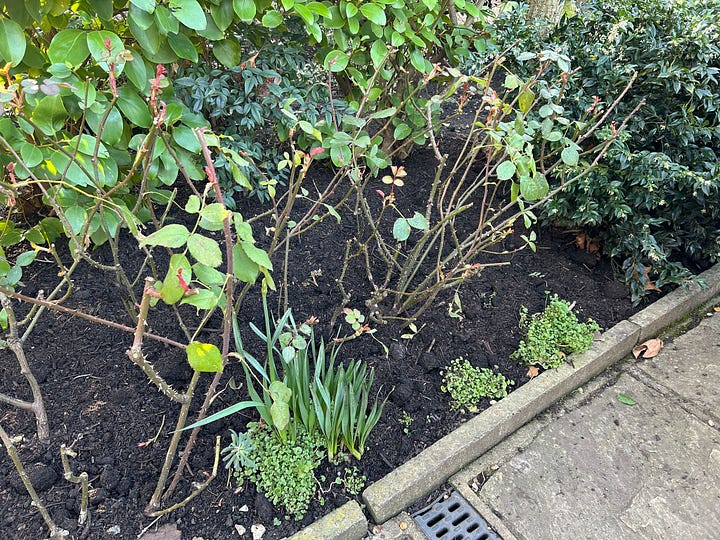
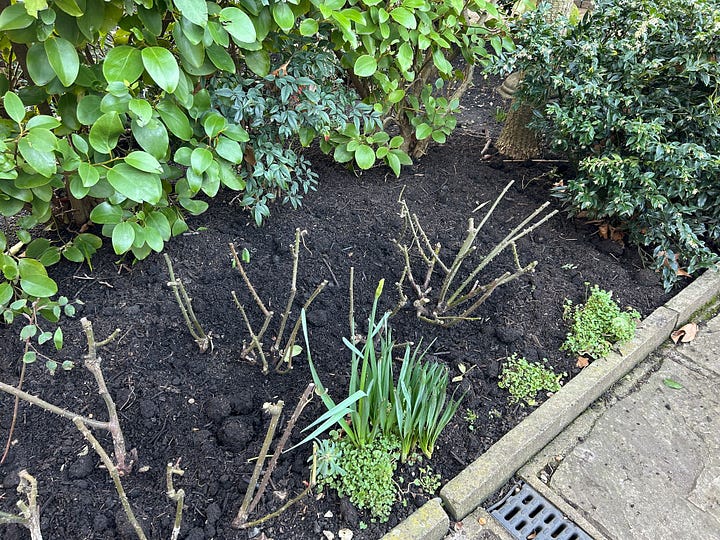
The height of which you prune the rose is largely dependent on the type of rose, however it’s very important that you keep the same height across the whole plant. Not only does this look neat and professional, but it makes sure that the regrowth is uniform across all the stems. Otherwise the plant will encourage the tallest stem to grow the most and send all the nutrients to it.
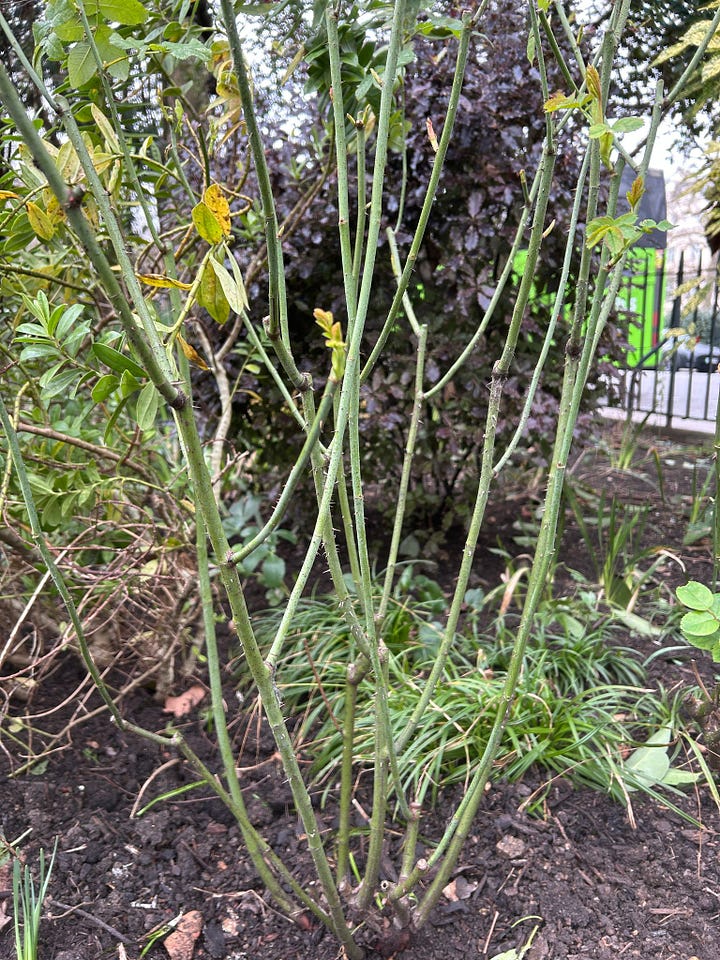
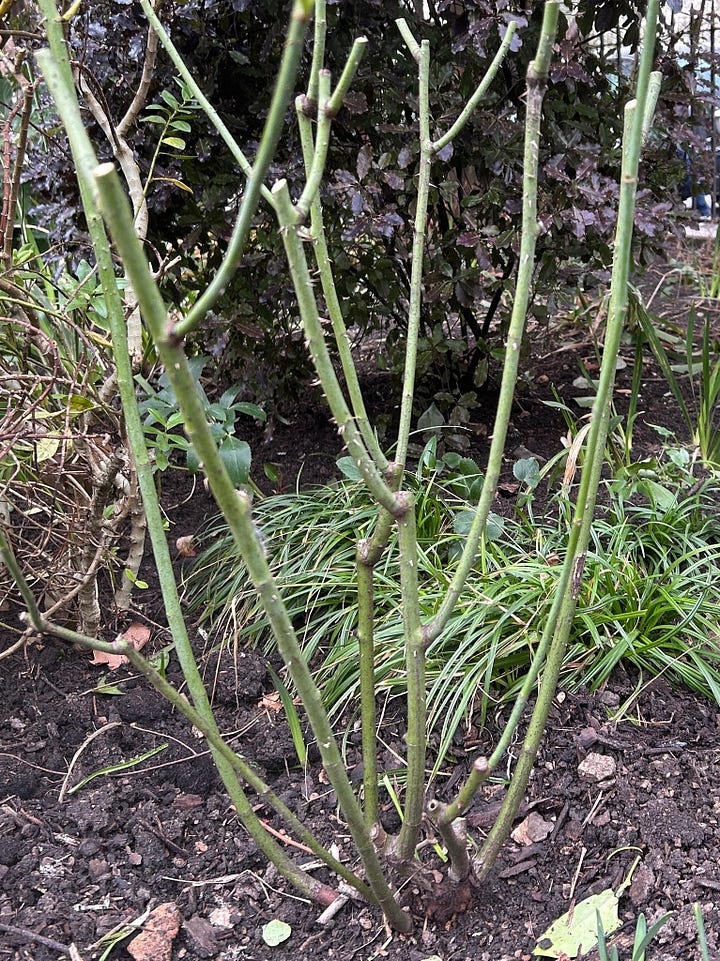
In the end the most important tip I can give you when it comes to pruning roses, is please don’t be afraid. It can seem very overwhelming, and you’re worried that you might harm or kill the rose. Don’t be. Roses are incredibly tough plants, and can often survive even the most hardest of prunes. Even if you get it wrong, at the worse you’ll just stop it from flowering for one year. Meanwhile if you don’t prune it, you’ll risk killing it from disease.
If you want more information on how to prune certain types of roses, I have made a series of videos to talk you through it step by step:
How to Prune a Floribunda Rose





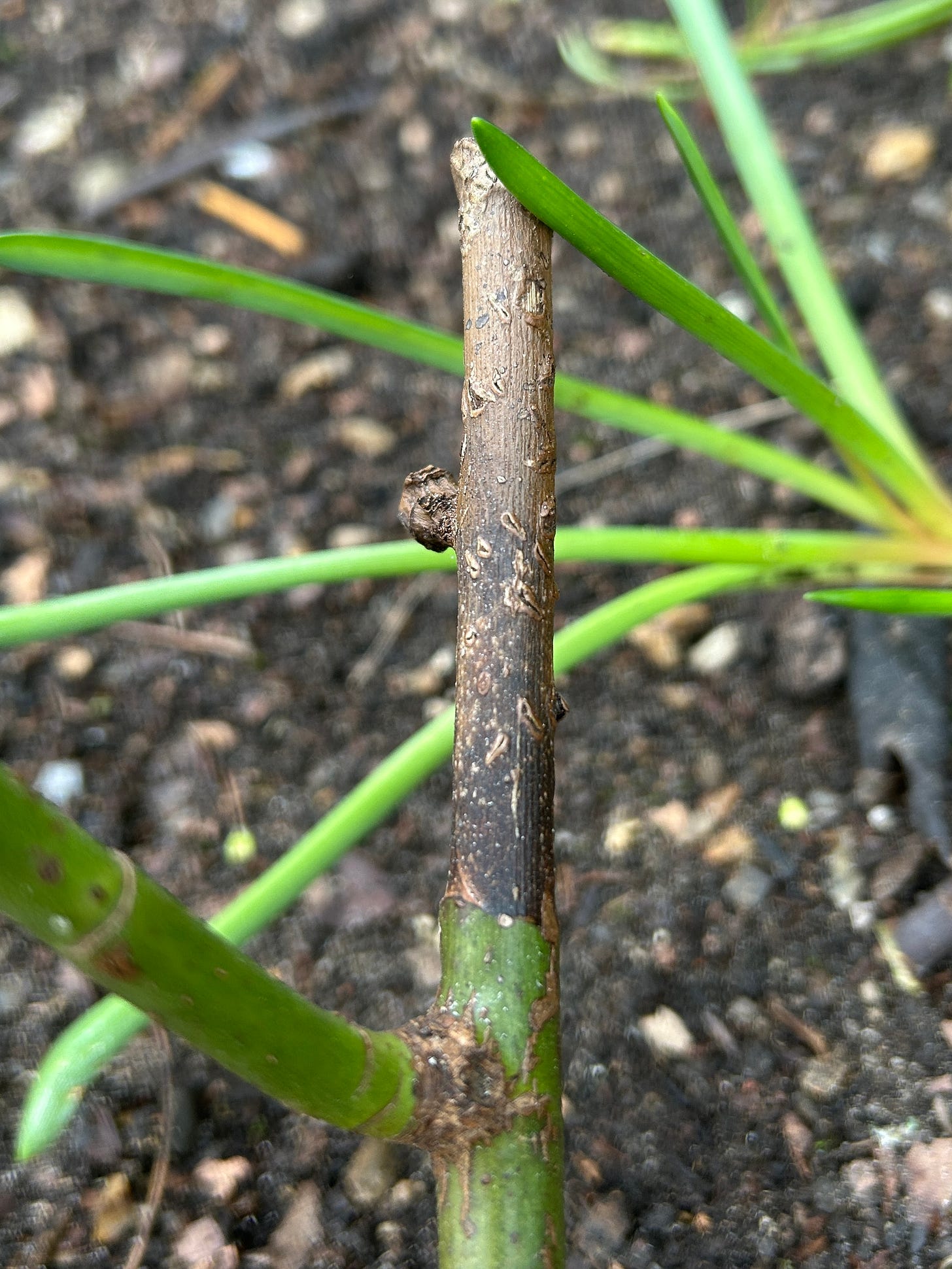

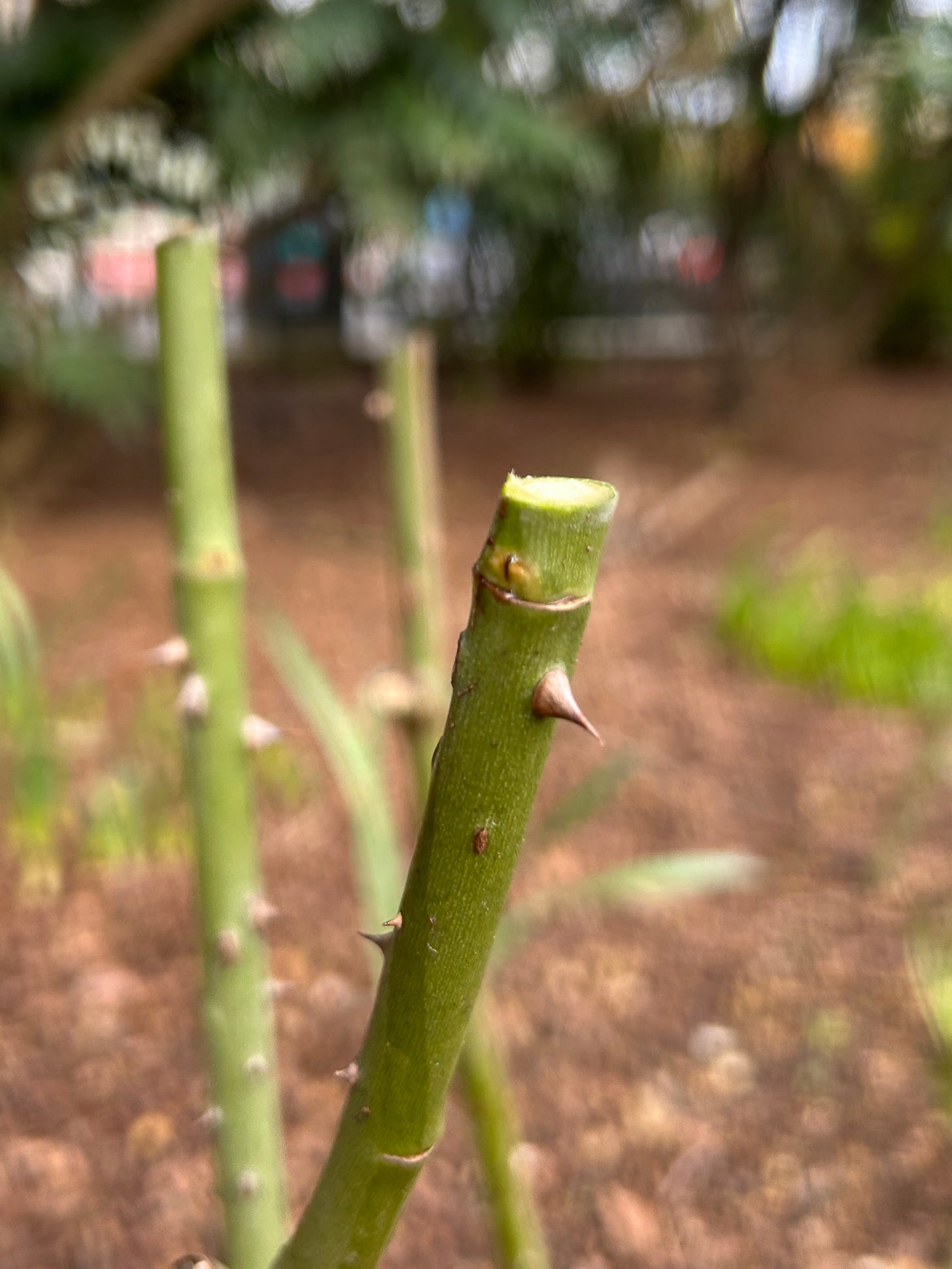
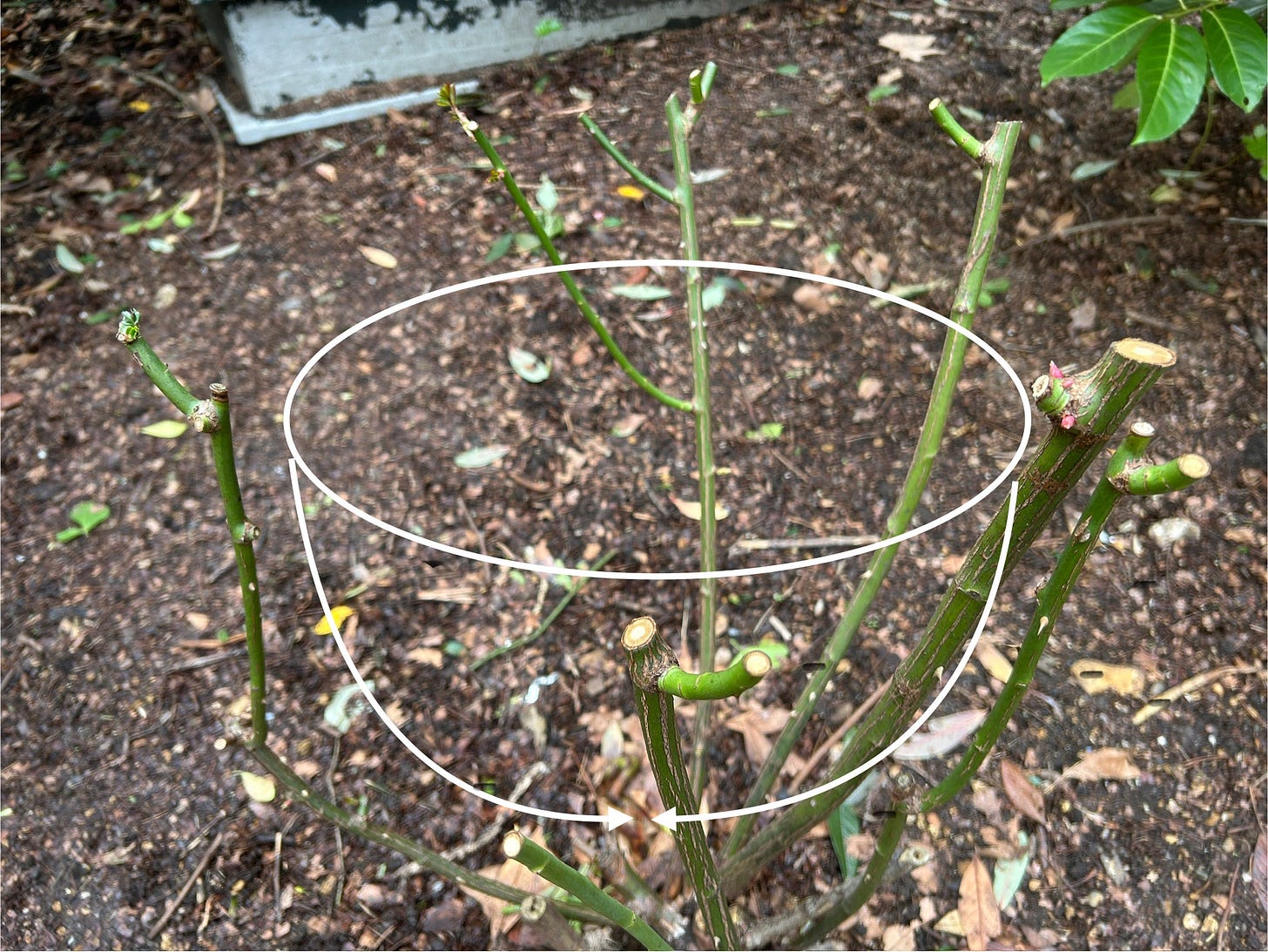
Great post! Thank you. I see you did t include a description of pruning climbing or rambling roses. Why not?